Why should we care that Beijing has suspended tariff relief for twelve Taiwanese petrochemical products? The move certainly lacks the fear factor which Chinese military maneuvers around Taiwan generate — exercises which have become more routine and grander in scale during 2023. Yet China’s economic warfare against Taiwan is just as pernicious. It is also premeditated, with moves on this front aligning with key moments in Taiwan’s political calendar and developments in the country’s relationship with the United States.
By targeting specific products with restrictions and sanctions, Beijing seeks to punish both the Taiwanese people and their government. What’s more, while it seems unlikely to win the hearts of the former, these punitive measures are most certainly designed to focus minds.
Beijing has long used trade as a tool to realize its ultimate cross-strait goal: the subsuming of Taiwan, with its liberal and democratic system, into its communist people’s republic. Sometimes this can involve handing out economic goodies, such as the measures seen in the twenty-one-point plan to integrate Taiwan and Fujian announced in September. However, since the election of the Democratic Progressive Party’s (DPP) Tsai Ing-wen to the presidency in 2016, these approaches have been overwhelmingly coercive.
Beijing’s approach should concern others around the world
China began by curbing the number of its citizens allowed to travel to Taiwan for tourism; then it banned the import of Taiwanese pineapples. Additional restrictions on foodstuffs, from fruit to fish, followed.
Beijing broadened its scope in August 2022 when the then-House Speaker Nancy Pelosi traveled to Taipei. Alongside unprecedentedly large military exercises near Taiwan, which included firing missiles over the main island, China’s customs administration suspended imports of an additional 2,000 Taiwanese food products. This handed Beijing, according to Chiu Chui-cheng, Deputy Chair of Taiwan’s Mainland Affairs Council, “enormous extortion powers.”
When Tsai met Pelosi’s successor as speaker, Kevin McCarthy, in California the following April no new bans were imposed. However, China’s Ministry of Commerce announced that it had launched a “trade barrier investigation” into Taiwan’s restrictions on 2,455 Chinese products. A probe which should, the ministry announced, be completed by October but in “special circumstances” could be extended to January 12 (the day before Taiwanese voters go to the polls).
When Tsai’s vice president Lai Ching-te, who is also the DPP’s presidential candidate, traveled to the United States in August, Beijing threatened, referencing this investigation and its outcome, to end preferential tariffs given to Taiwanese goods as part of the cross-strait Economic Cooperation Framework Agreement, or ECFA. Last week, a month before polling day, Beijing determined Taiwanese restrictions on these Chinese products were “trade barriers” but did not declare any retaliatory measures.
Today’s petrochemical announcement is the first sign that Beijing is willing to act on the threats it made many months ago. According to data from Taiwan’s Ministry of Economic Affairs the twelve products now subject to an import tax accounted for 1.3 per cent of cross-strait trade since the beginning of the year.
While this might not seem substantial (at least to those not working directly in these industries) it is worth remembering that the ECFA cut import duties on 539 items entering China from Taiwan. This means that there are over 500 exports which could be targeted next. And no doubt they will be, should Taiwanese voters, once again, vote for a leader who is not to the Chinese Communist Party’s liking.
Regardless of the economic impact, Beijing’s approach should concern others around the world. As drawn out, and piecemeal as its measures might be (much like the Chinese military’s encroachments towards Taiwan), trade is being weaponized. As General Sir Nicholas Carter, the former UK chief of the Defence Staff, has stated, in today’s world “a weapon… no longer has to go ‘bang’.”
Like-minded liberal democracies clearly understand Taiwan’s predicament. The US and UK have both recently agreed bilateral deals with Taiwan which will enhance the country’s economic resilience, the Initiative on Twenty-First Century Trade and the Enhanced Trade Partnership respectively.
However, Taiwan remains left out of multilateral efforts to counter Beijing’s weaponization of trade. In May, G7 leaders created, for their countries, a Coordination Platform on Economic Coercion. The initiative seeks to enhance information sharing and consultation, deter and counter punitive trade measures against targeted members, and offer support.
Those countries wishing to support Taiwan could use this platform or other forums (or simply create new ones, which are free of Beijing’s veto) to address the country’s omission. Following years of trade bans and restrictions against Taiwanese products, and the beginning of Beijing’s unpicking of the ECFA, is it not time to involve Taiwan, in some shape or form, in efforts to coordinate a response to Chinese economic coercion? After all they are on the front line.
This article was originally published on The Spectator’s UK website.



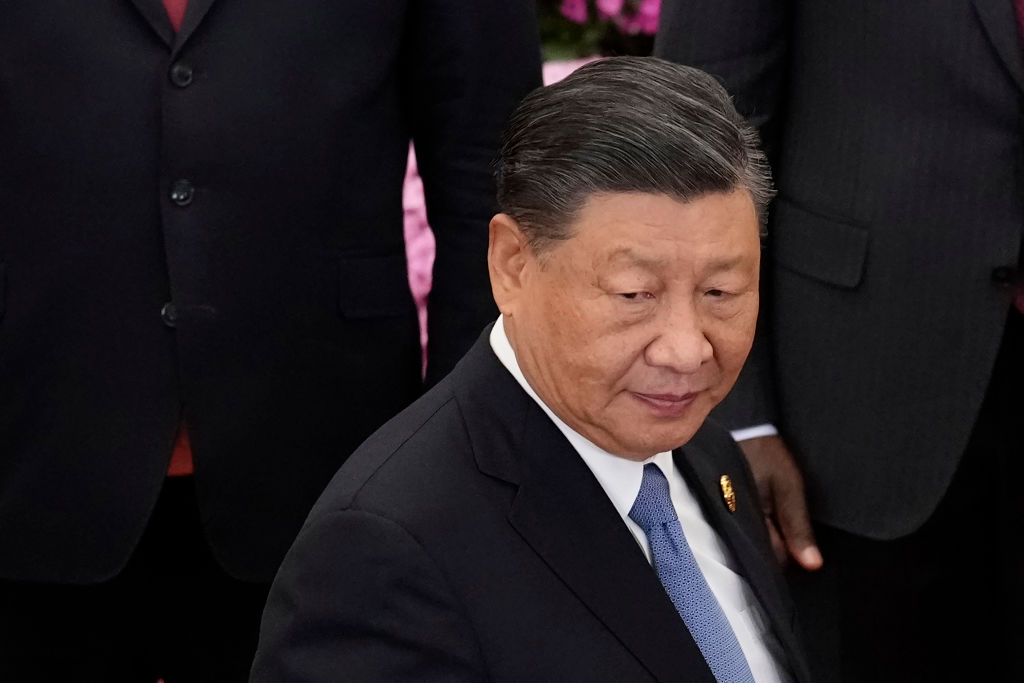







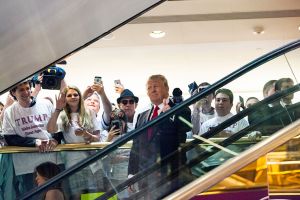

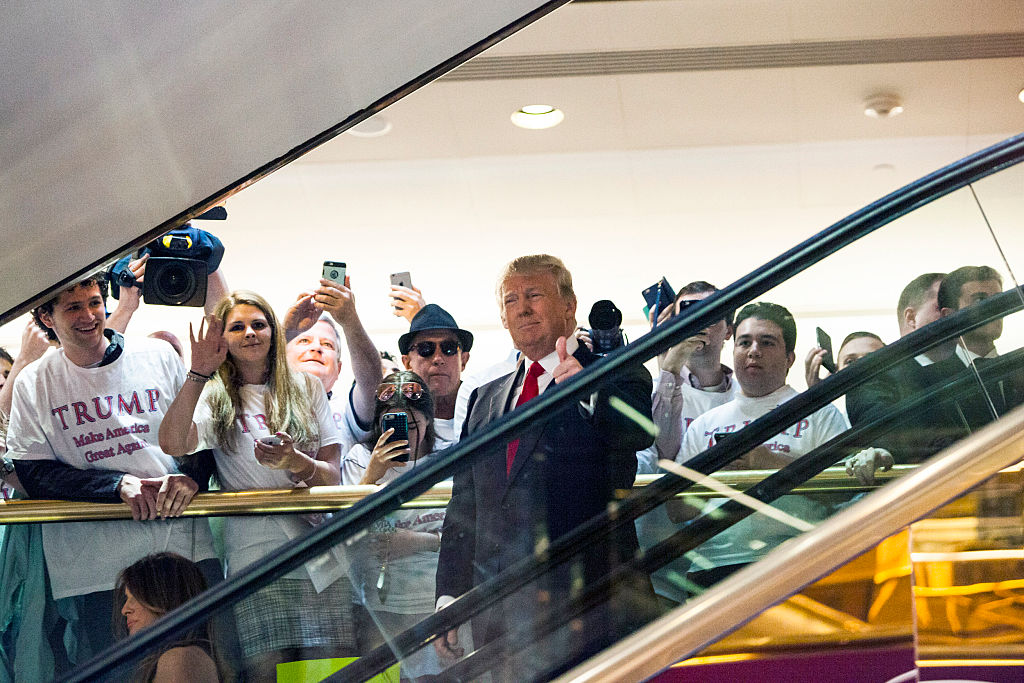

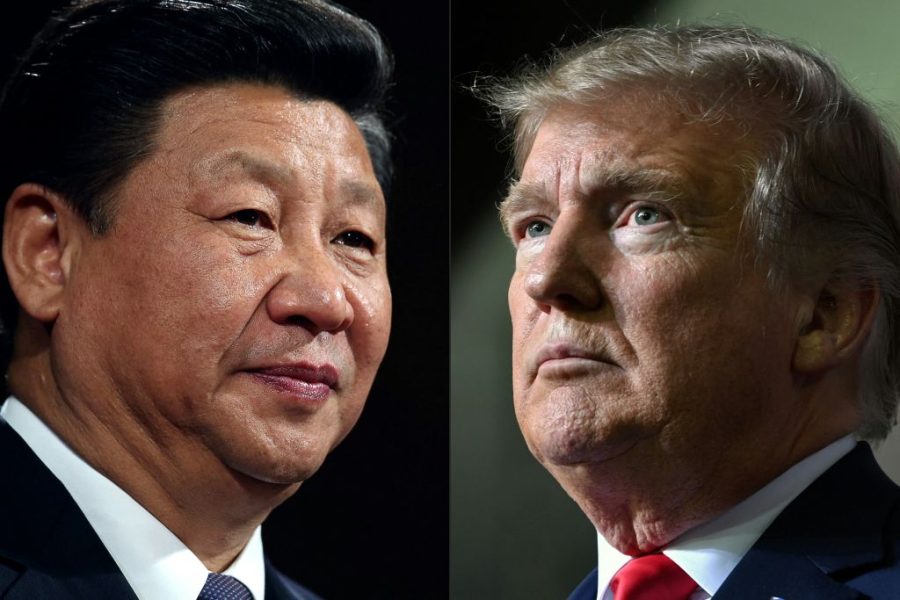
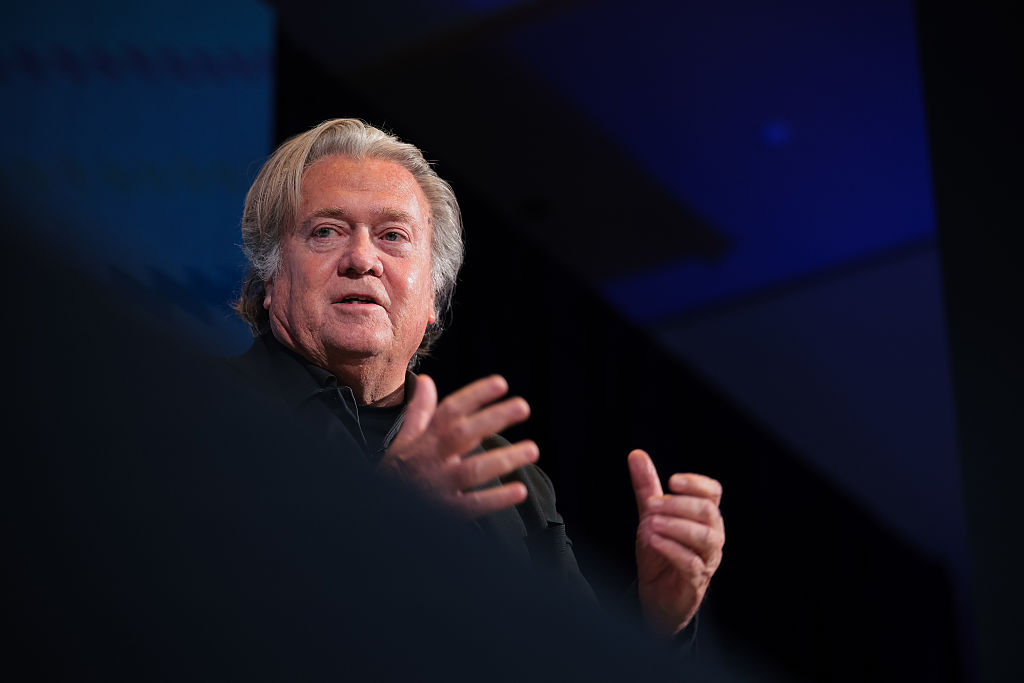
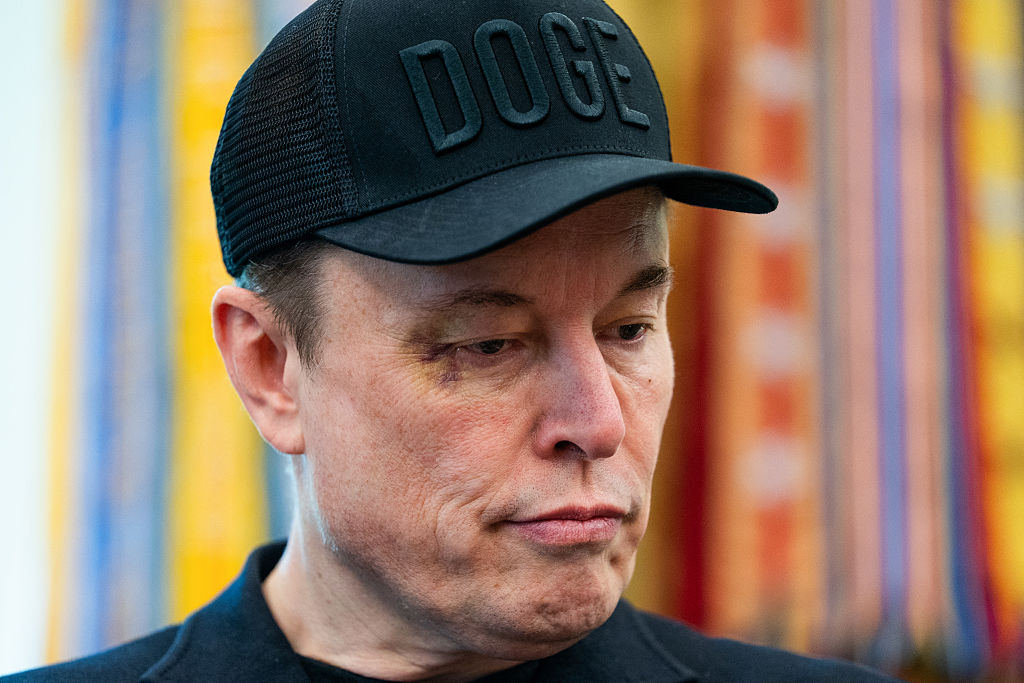
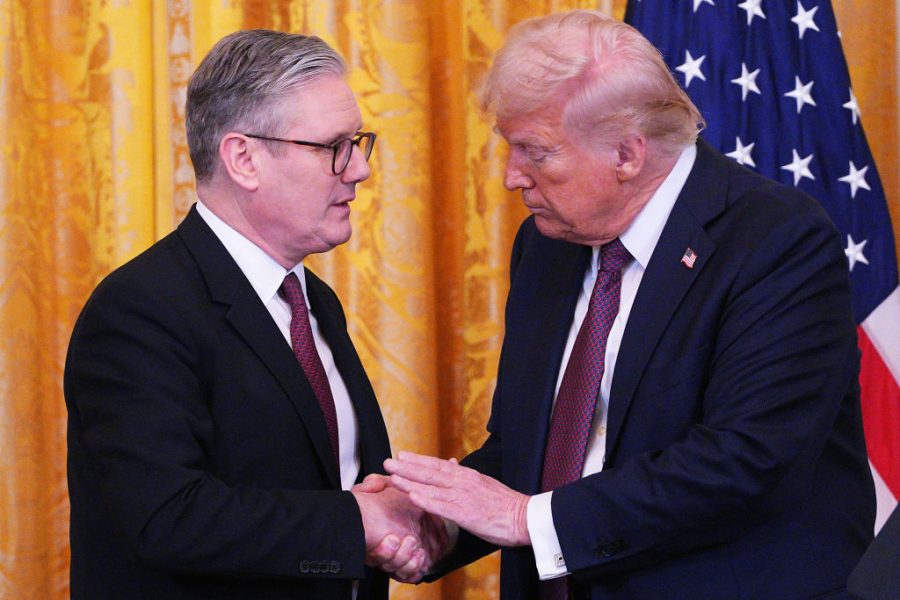







Leave a Reply